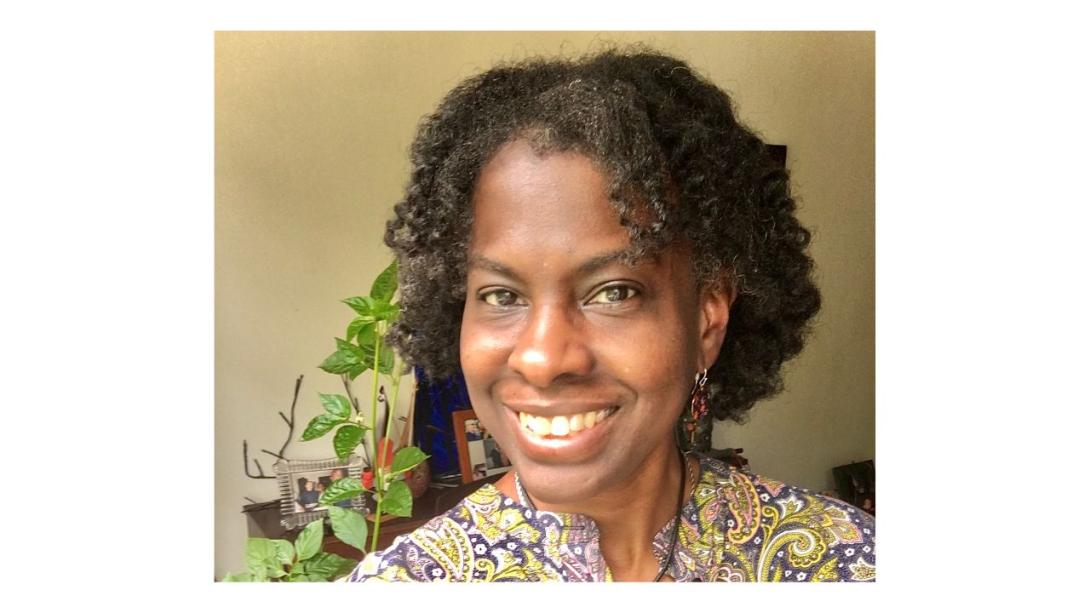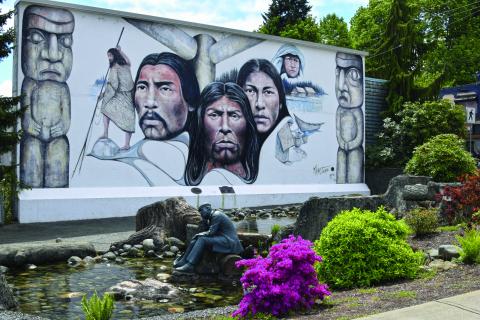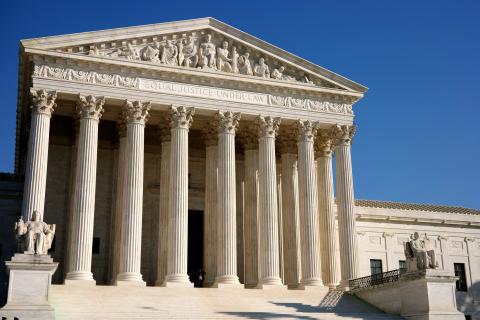
Photo courtesy of Angelica Kerr
How do you start your day? I mean, how do you get ready to face a day at work, or at school, or just going ahead with “normal” business like shopping, walking the dog, stopping to get something to eat?
How do you prepare for your day? Maybe you pack a bag with the day’s necessities, or you make a shopping list as not to forget anything.
But how do you mentally prepare? I asked this same question at a recently hosted forum on bias and stereotypes, and I received several practical answers of how people get physically ready for their day, but not mentally.
We don’t usually mentally prepare for a normal day. We prepare for whatever actions we are going to take, whatever plans we have made.
Readying myself for the biases
I recounted how I, as a person of color, prepare for my day before I leave my home. I prepare to be seen through a lens of bias aimed at people of color, and, unfortunately, be judged by it.
Hidden or unconscious, negative biases about people of color are interwoven within our culture and are taught and passed down from generation to generation. They can affect how I’m seen and how I present myself in society.
I ready myself to face the biases that my skin color could provoke.
I might rethink on what clothes I wear as not to be perceived as suspicious, unsavory or up to no good. So even though it may be chilly, and it keeps me warm, I might not wear a hoodie, or wear it with the hood up, as not to cause undue alarm. The bias in our society against people of color wearing a hood over their heads is a feeling of cautiousness, fear and mistrust.
At a train station I had the police called on me and was accused of hiding a gun in the small of my back because my undershirt had buttons protruding through my sweater.
I never acted in a suspicious or threatening manner. I barely spoke to anyone. However, it was automatically assumed that the protrusion was a gun because I was a person of color.
Another social bias for people of color is that we regularly carry and use weapons. I would want to make sure that I looked as inconspicuous as possible.
I prepare myself to be perceived, when I walk into a grocery or clothing store, as a criminal and not a customer. I make sure my hands can be seen and whatever I pick up is exaggeratedly replaced. I’m watched carefully when I walk into a shop and I can feel the uneasy tension until I leave, preferably with a purchase.
While shopping in a store I once had a sweater ripped out of my hands as I was attempting to put it back on the rack because the owner assumed I was going to walk out without paying for it. The rack was on the sidewalk because of Covid-19, and he saw me pick it up in the first place. How was I supposed to put it back where I found it without going back outside with it?
The bias for people of color is that we are predisposed to steal and must be watched.
Is today the day?
I think to myself, “Is today the day?” Is today the day that I get hit by a car, because I’m walking in the street, along parked cars, instead of on the sidewalk? I live in New York City, where you walk fast and hard. Places to go, things to do, people to meet.
But when I’m walking fast and hard behind someone, I feel their discomfort. I feel their fear that I must be up to something, that I’m going to do them harm. They look back once, twice, three times to see if I’m still behind them. Sometimes they duck into a building or run across the street.
It doesn’t matter how I carry myself, or that I’m carrying several grocery bags, or that I’m wearing a skirt and heels, whether I’m behind a male or female, I provoke fear and uncertainty. So, I walk in the street to give distance, the original social distancing; to calm their fears.
I’ve heard similar experiences from other people of color; giving way to others, letting elevators go by, keeping their heads down, trying to look smaller; all to try and seem less scary looking, to make the other feel more comfortable with their existence.
The societal bias for a person of color is that they have a propensity for violence and crime—an overall mistrust based on passed down stereotypes that feed into biases.
Stereotypes aren’t always overtly negative, either
The biases received, which are part of my everyday life, aren’t always overtly negative. They can seem positive and are sometimes disguised as what the person giving it truly believes, is: a compliment.
It could be a congratulations for an accomplishment that is tinged with incredulousness. A tone that makes you an anomaly, one of a kind, unusual for a person of color, according to the biases.
I gave a presentation to a group in the medical field, and someone came up to me afterwards to congratulate me on how articulate I was, and how well I presented.
Then I was bombarded with questions on how I spoke so well. Did I study speech in school? Did I come from another state or country perhaps? You couldn’t possibly be from Brooklyn, New York? No really, how did you come by this ability?
Cultural bias dictates that a person of color from an urban city will sound inarticulate in speech and be unable to organize cohesive thoughts. Anyone not fitting the bias is branded as an outlier and has to justify themselves as the exception to the rule.
I’m often complimented on how well I speak as if speaking well—being defined in this case as not in urban speech or intonation—shouldn’t come naturally to me.
But, according to the stereotype, what should come naturally is dancing. It’s widely believed (and even joked about) that African Americans are all good dancers.
I can dance, but it’s not because I’m Black. But I’m not a dancer or choreographer; I don’t know all the latest moves or dance steps.
However, I was once asked to teach someone breakdancing moves without even being asked if I can breakdance. It was assumed that I knew. When I tried to explain that I could not be of help to them, because I did not know how to do any breakdance steps or moves, I wasn’t believed.
In fact, my response was simply ignored, and I was asked again, and again. I repeated that I did not know any breakdancing steps. The person was incredulous that I did not know how to dance that way and made me feel as if I did not want to share my talent over a misguided stereotype about proposed talents.
After navigating the landmines
A day where I’m preparing for and navigating through social bias landmines leaves me physically and psychologically exhausted by the end of it, and perpetually on guard for the next day.
It’s somewhat like packing a backpack filled with heavy stones, which I carry around with me day in and day out. Then unpacking again once I get back home, only to repack it again the next morning.
Biases can be a heavy weight we put on others’ shoulders to carry without even realizing it, by either a word or seemingly innocent action. They are ingrained into our society and taint our interactions with one another, our trust in the other who is different from us.
They affect our ability to see each other for who we are inside and out, and as new persons in each moment we encounter one another.
Angelica Kerr is a data reporting analyst for Scientific and Academic Publishing. She is married to John and lives in Brooklyn, New York. She is part of the team that facilitates Courageous Conversations forums for racial equity. Read more at racialequity.focolare.us.













